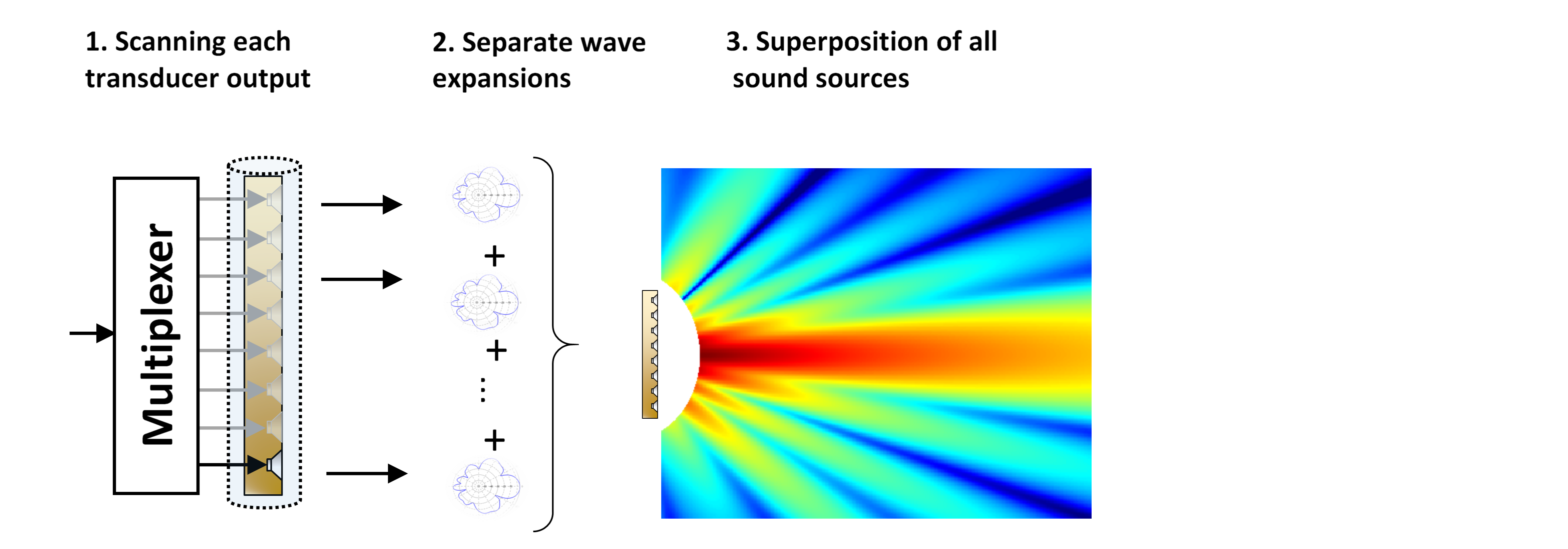KaiserSoze
Addicted to Fun and Learning
- Joined
- Jun 8, 2020
- Messages
- 699
- Likes
- 592
I'm going to partially disagree with you on this, speaking as someone who owns LX521's and has used mainly dipoles and planar speakers for the past 20 years. I think they'd measure much better than this low-end Magnepan did but I wouldn't be surprised if a Revel or cheap JBL measured as well or better. OTOH, I think that if someone were to listen to a pair of properly engineered dipoles properly setup in a room they'd hear things not conveyed by a positive Klippel NFS analysis. No science to back up my hunch as I don't have a Klippel NFS system setup in my garage.
Some reading to backup my hunch.
I am puzzled by the fact that you started by saying "I'm going to partially disagree with you on this...", but then did not say anything that, so far as I could tell, was in disagreement with what I had said. For you to have done that, you would had to have said that the LX521s would most likely measure bad on the Klippel instrument. If that's what you intended to say, it did not come across to me, which leaves me puzzled as to why you would start off this short post by writing, "I'm going to partially disagree with you.." Hell, if you're say that I'm wrong about something, at least show me the courtesy of saying what it is that you think I was wrong about.

